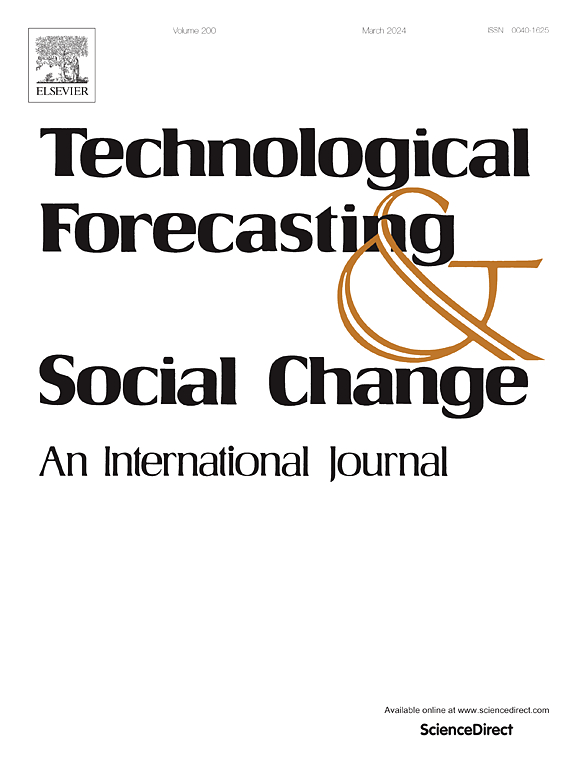How does large-scale internal migration affect innovation? Evidence from China
IF 13.3
1区 管理学
Q1 BUSINESS
Technological Forecasting and Social Change
Pub Date : 2025-05-30
DOI:10.1016/j.techfore.2025.124199
引用次数: 0
Abstract
The influx of international and high-skilled migrants has profoundly promoted innovation in developed countries. However, few studies have investigated the effects of large-scale and various types of internal migrants on innovation in developing countries. With a surge in internal migration and innovation progress, China provides an excellent place and unique case to explore this issue. Using the predicted share of migrants as an instrumental variable for migration, this study examines the causal effects and mechanisms of internal migration on innovation in China from 2000 to 2015. Our results indicate that internal migration significantly promotes innovation in China. The promotion effects of migration are more pronounced among high-skilled, ‘urban hukou,’ and urban-urban migrants as well as in coastal areas, larger cities, and cities with higher levels of public services. Migrants can broaden the local human capital stock, enhance cultural diversity, and improve skill complementarity in their destination areas, thereby facilitating innovation. This study highlights the contribution of various types of internal migrants to innovation in China, which differs significantly from previous studies on international migrants in developed countries. These findings provide new insight into migration and innovation and offer references for other developing countries to formulate sustainable migration and innovation policies.
大规模内部迁移如何影响创新?来自中国的证据
国际和高技能移民的涌入深刻地促进了发达国家的创新。然而,很少有研究调查大规模和各种类型的内部移民对发展中国家创新的影响。随着国内移民的激增和创新的进步,中国为探讨这一问题提供了一个绝佳的场所和独特的案例。本研究将外来人口预测份额作为外来人口迁移的工具变量,考察了2000 - 2015年中国内部迁移对创新的因果关系和机制。研究结果表明,内部迁移显著促进了中国的创新。移民的促进作用在高技能、“城市户口”、城乡移民以及沿海地区、较大城市和公共服务水平较高的城市中更为明显。移民可以扩大当地人力资本存量,增强文化多样性,改善目的地地区的技能互补性,从而促进创新。本研究突出了各类国内移民对中国创新的贡献,这与以往对发达国家国际移民的研究有显著不同。这些发现为研究移民与创新提供了新的视角,也为其他发展中国家制定可持续的移民与创新政策提供了参考。
本文章由计算机程序翻译,如有差异,请以英文原文为准。
求助全文
约1分钟内获得全文
求助全文
来源期刊
CiteScore
21.30
自引率
10.80%
发文量
813
期刊介绍:
Technological Forecasting and Social Change is a prominent platform for individuals engaged in the methodology and application of technological forecasting and future studies as planning tools, exploring the interconnectedness of social, environmental, and technological factors.
In addition to serving as a key forum for these discussions, we offer numerous benefits for authors, including complimentary PDFs, a generous copyright policy, exclusive discounts on Elsevier publications, and more.

 求助内容:
求助内容: 应助结果提醒方式:
应助结果提醒方式:


